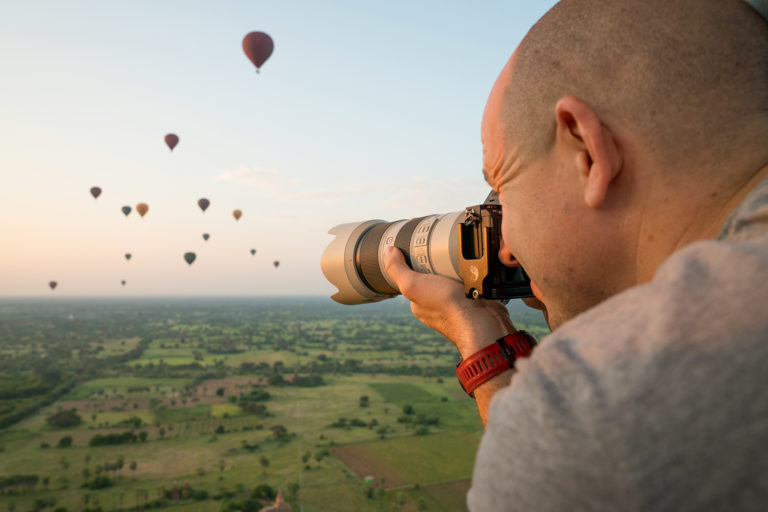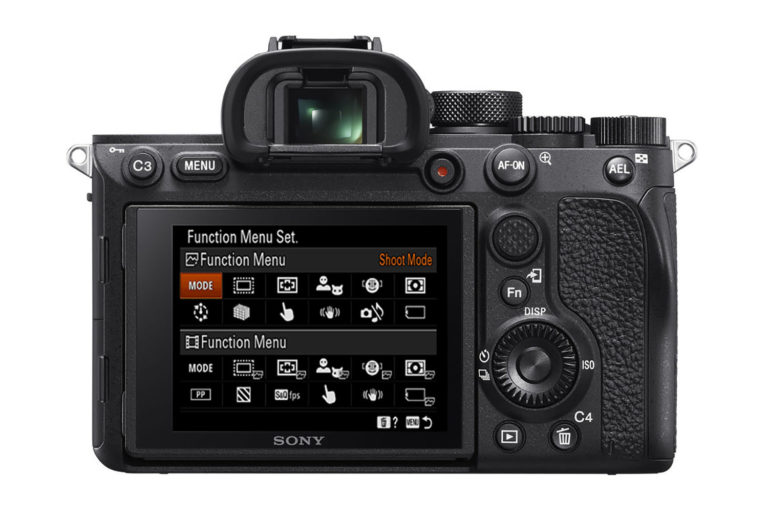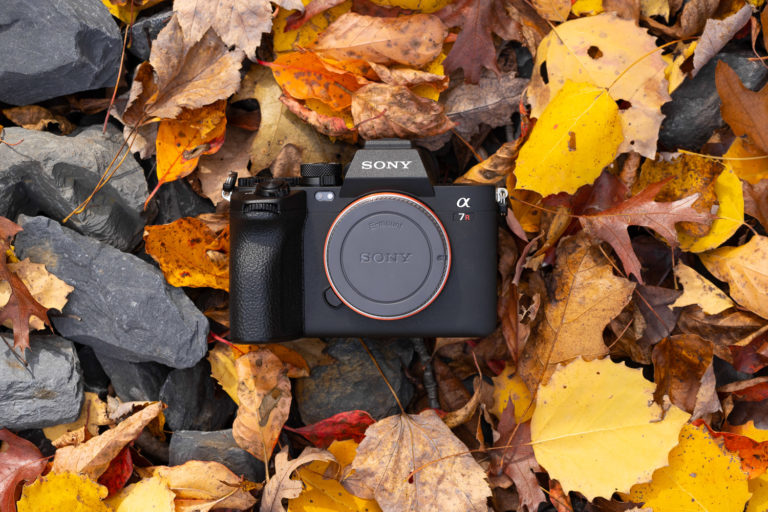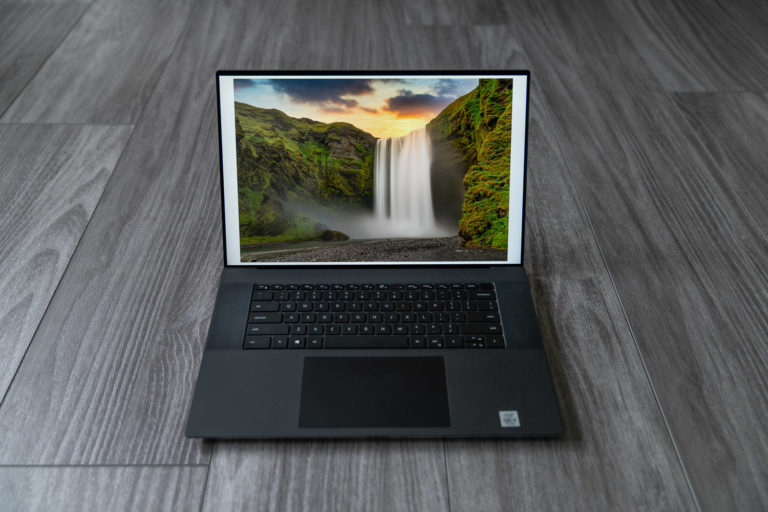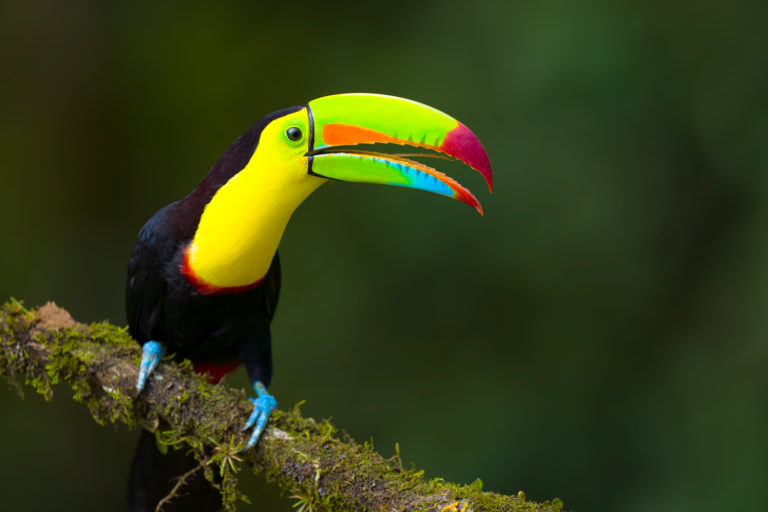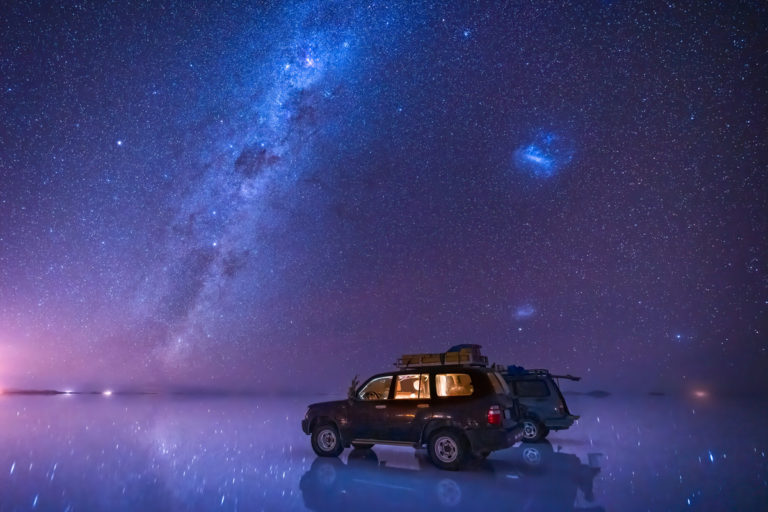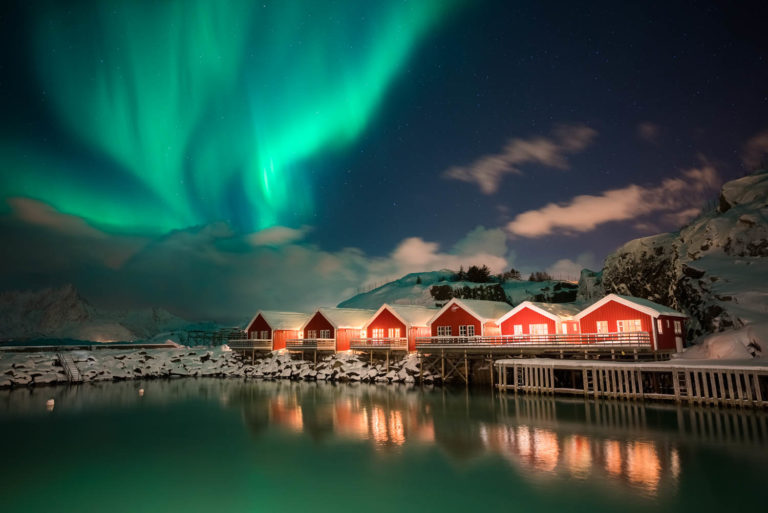 On June 30th, 2011, Google finally unveiled its new Social Networking beast, Google+. There had been rumors of its existence for months, which was mostly known by those of us that scour the internet on a daily basis looking for the next best thing. As a professional photographer it is vitally important to stay a head of the game when it comes to social media and social marketing. You see, the industry has dramatically changed in the last 10 years. Photographers like William Neill and Scott Bourne used to be able to survive on having a stock photography catalog of 40,000 images or photographers like John Fielder used to make a ton of money off their physical book sales, those times are gone.
On June 30th, 2011, Google finally unveiled its new Social Networking beast, Google+. There had been rumors of its existence for months, which was mostly known by those of us that scour the internet on a daily basis looking for the next best thing. As a professional photographer it is vitally important to stay a head of the game when it comes to social media and social marketing. You see, the industry has dramatically changed in the last 10 years. Photographers like William Neill and Scott Bourne used to be able to survive on having a stock photography catalog of 40,000 images or photographers like John Fielder used to make a ton of money off their physical book sales, those times are gone.
Between the advances in technology making it easier to afford nice DSLR cameras, the sheer drop in value of stock images because of micro-stock companies and the absolute tidal wave of “new” photographers entering the industry while there are fewer and fewer paying contact jobs….things have changed. It isn’t better or worse…it is just different. While those entering the market place do not know any differently, it is the last generation of photographers that I see still holding onto what was and not focusing on what is.
Social Marketing
Because photographers cannot rely solely on selling stock photography or can’t count on big paychecks from publications choosing their images for their covers, the importance of social marketing has never been greater. These days a photographer can actively have a social presence on Facebook, Twitter, Flickr, 500px and now Google+ to name a few. This allows photographers to establish a name for themselves, build up a following and hopefully make some solid connections in order to secure future print purchases, find more contracted photo work and even get into photo education (The single largest revenue stream left in the market). If they are incredibly gifted, both in their photography skills and their business sense, they can establish successful branding, such as Trey Ratcliff has done with his Stuck in Customs website or David DuChemin has done with his Pixelated Image blog and ebook publishing website, both of which make quite a bit of money from their photography business. The significance of having an efficient & effective social networking presence is vital for any hopes of having longevity in this line of work, atleast for the vast majority of us.
Value of your work ≠ Value of an Image
I think there is a HUGE misconception when it comes to people truly understanding the difference between valuing your work and the value of a single image. Most professional photographers will tell you that you should NEVER give your work away for free. The reason they say this is because in reality, it ultimately devalues their work. Because sooo many people have entered the photography market or more accurately, so many people now have DSLRs, there has been a massive influx in higher quality (atleast technically speaking) images then ever before. Some photographers will shoot for free when attempting to build a portfolio and others are so excited to have some one want to use one of their images for publication, they both literally and figuratively give it way. So why would someone pay $3000 for a professional print of the Denver Skyline when they can now get it for $10 from a micro stock website or $50 in print from an amateur that has pretty decent work.
Personally I charge on average, $100 an hour when I am contacted out on a job. That value is for my skill and the time involved in order to deliver a finalized product. But if I took a single image out of the work I did on that job and tried to sell it, it immediately gets devalued from that $100 an hour starting point. It comes down to supply and demand. This is why there is a difference between the value of your photography work and the value of a single image in your portfolio. You might be able to sell a print of one of your images for $20 or $200 or $2000 if you are lucky (or have amazing work), but that doesn’t happen on a regular basis. The average value of a single image out of my portfolio is usually well under the cost of what it took to get it, such as my trip to Nepal in April. Having those images in my portfolio, however does allow me increase my marketing ability, fill more workshops, make a few more prints sales and get ultimately get more photography business.
Google+
I was one of the few that some how managed to get into Google+ on the day it was announced. I was and still am excited about the possibility that it can bring to my business. However soon after it launched, Scott Bourne wrote THIS article on his blog, talking about how you need to be careful when it comes to uploading your images on Google+. While I agree with the fact that EVERYONE should read the TOS (Terms of Service) agreements for any online service you sign up for, I disagree with most of what he has said.
Scott’s issue’s stem from these words in the TOS agreement:
“By submitting, posting or displaying the content you give Google a perpetual, irrevocable, worldwide, royalty-free, and non-exclusive license to reproduce, adapt, modify, translate, publish, publicly perform, publicly display and distribute any Content which you submit, post or display on or through, the Services.”
“You agree that this license includes a right for Google to make such Content available to other companies, organizations or individuals with whom Google has relationships for the provision of syndicated services, and to use such Content in connection with the provision of those services.”
“You understand that Google, in performing the required technical steps to provide the Services to our users, may (a) transmit or distribute your Content over various public networks and in various media; and (b) make such changes to your Content as are necessary to conform and adapt that Content to the technical requirements of connecting networks, devices, services or media. You agree that this license shall permit Google to take these actions.”
Now if I didn’t understand the current state of the photography industry and just read the above parts of the TOS, I would probably freak out as well. 10 years ago, I probably would be worried about an agreement like this, but I am not today. The reason for that is that I have so much more to gain from having a solid social marketing presence then I do from protecting the completely subjective value of my images. On top of that, I don’t know anyone in their right mind that submits images onto the web that have a higher DPI then 72 (300 is suggested for high quality printing) or images larger then 1024 pixels. Now what, I ask, am I risking if I publish a 720 pixel wide image, with a DPI of 72? Absolutely nothing is the correct answer. Even if Google was to act like the scary corporation, that Scott Bourne makes them out to be, and takes my 720 pixel image and uses it for a blog post, what have I lost? How much would I gotten paid for that? Having said this, I am not advocating that you should post hi-res tiff/raw files of your photo work for anyone to take, but who does that anyway?
I think the most important piece of the Google+ TOS agreement that Scott Bourne forgot to mention is this:
“11.1 You retain copyright and any other rights you already hold in Content which you submit, post or display on or through, the Services. (for remainder see #3 below)”
It is 1000x more important to make sure you always retain the full rights to your photography work then it is to worry about some obscure person using an image of yours on a blog. This is something I truly do take incredibly seriously, even when I work for companies such as National Geographic, whom which I taught photography for in Ecuador for a few years back. As long as I control the rights of my images, so that I can continue to utilize them to bring in revenue, I am all set.
*Update: If you fully read the entire TOS, Google explicitly lays out way it was worded the way it was.
“This license is for the sole purpose of enabling Google to display, distribute and promote the Services and may be revoked for certain Services as defined in the Additional Terms of those Services”
The bottom line is the Google is not in the business of ruining yours. They gain nothing from stealing your work and abusing the TOS that they have set in place. In the US specifically, they have to cover themselves legally since we live in the most sue happy country in the world.
In Closing
In the end, you have to pick and choose your battles when it comes to your photography business, much like you have to do in life. Understanding the changing photo industry and how that relates to your current business model is the key. For me, it will always be worth sharing my work and showcasing my skill as a photographer to secure future financial revenue rather then worrying what someone might do with a low res, non printable, watermarked image of mine on Google + or any other social network website.
By the way, Trey Ratcliff licences ALL of his images as Creative Commons and I guarantee he makes more money with his photo business then 95% of most other people out there.


